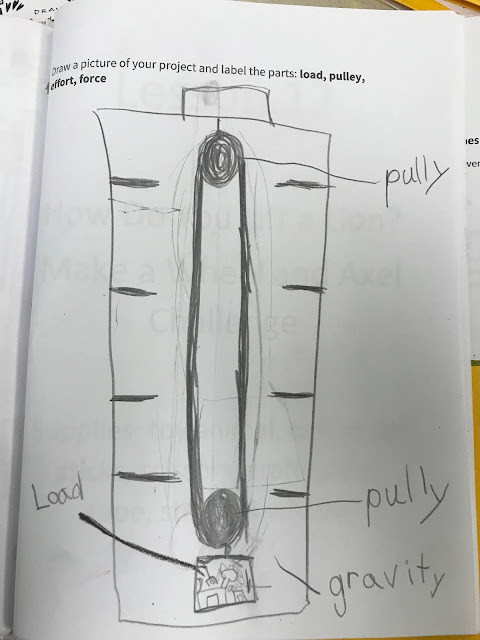I couldn't figure out what to name this blog.
Big ideas for little people
Mighty Mathematicians
An Archimedean Debate
Simple Machines: the Lever
A Distant Learning Success Story
Seabury Kids are Amazing
Tying Math, Physics, Astronomy and History Together
These Kids
"Well, Actually..." (Such a common thing for gifted students to say!)
I decided to use a combination.
Here's our story:
One of the highlights of our study of Simple Machines was when we were talking about the last of six simple machines - the lever. We watched a TedEd video called "The Mighty Mathematics of the Lever" featuring Archimedes and his famous quote,
"Give me a place to stand and I shall move the earth."
Archimedes was explaining the fundamental principle behind the lever. We had a wonderful, lively debate over whether or not a person could lift the world with a lever that is about a quadrillion light years long using the moon as the fulcrum.
Tying together our knowledge of space, measurement, time, simple machines, and throw in a measure of 6-8 year old practicality, our discussion bounced all over our Brady Bunch-like Zoom squares:
"You can't lift the earth, it's spinning."
"If you had a lever that long you could do it."
"But the lever would get burned up by the sun."
"And it would be too cold to be that far out in space."
"But you'd have a special space suit."
"The earth is too heavy to lift."
"But things weigh less out in space."
"A quadrillion light years is really long. Do you know how long a light year is!?" (and the student proceeded to succinctly explain how long a long year is.)
To top it off, one of the students, who has a passion for all things related to space, just happened to have a model of the earth in his room. When we made our own levers and experimented with the placement of the fulcrum, he actually lifted the earth with his lever!
Check out the Seabury Blog about our experiences here. Mr. Broberg, the author of our school's blog, decided to call his blog "Pulleys, Levers and Axles, Oh My!" Oh my is right!
In a strange kind of way, we worked "together" on creating levers:
A Navigator uses items from home to come up with a lever, a fulcrum, a load, some effort, and a force.
A benefit of being at home - just go outside and make a lever in your backyard! Be sure to bring your computer with you.
How to lift a heavy toolbox? Innovate and get a bigger lever!
This Navigator uses a mask for her fulcrum.
Lifting a load with just a finger.
























































